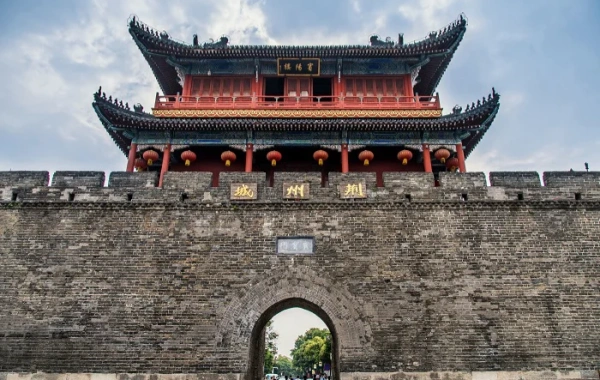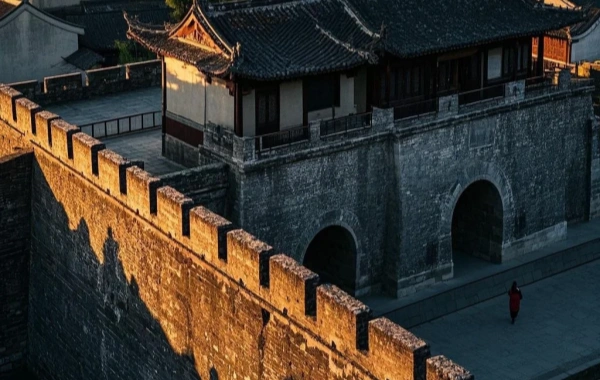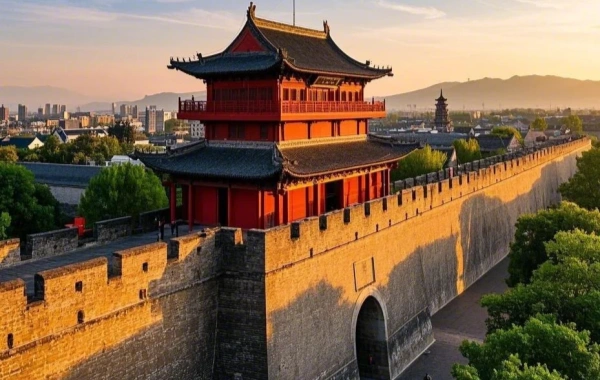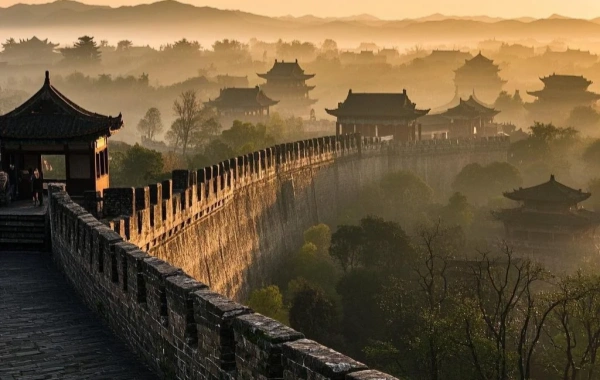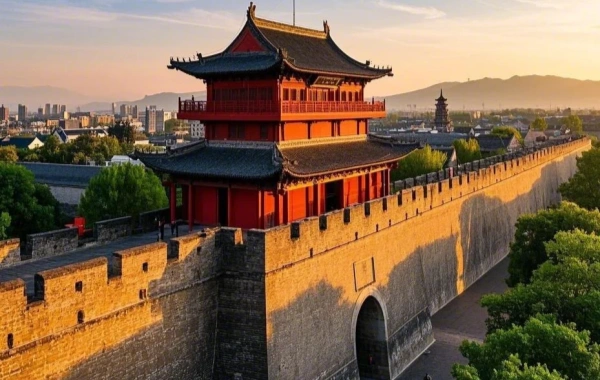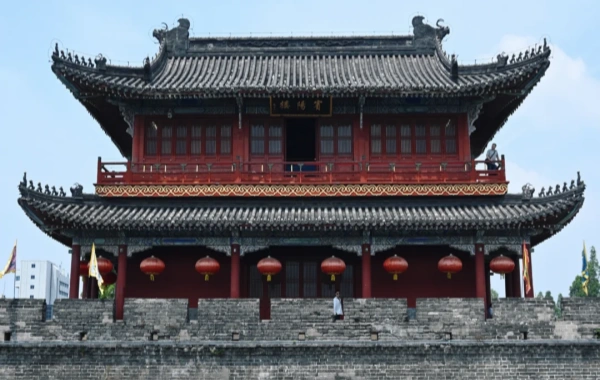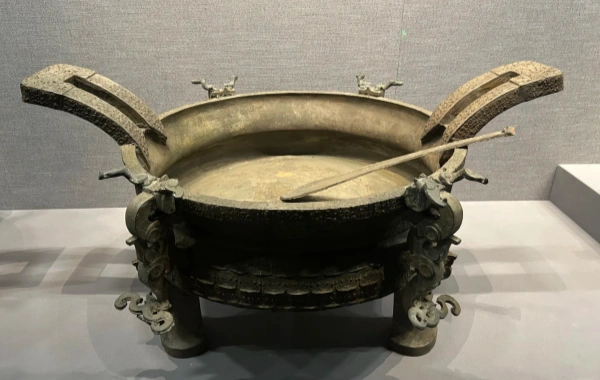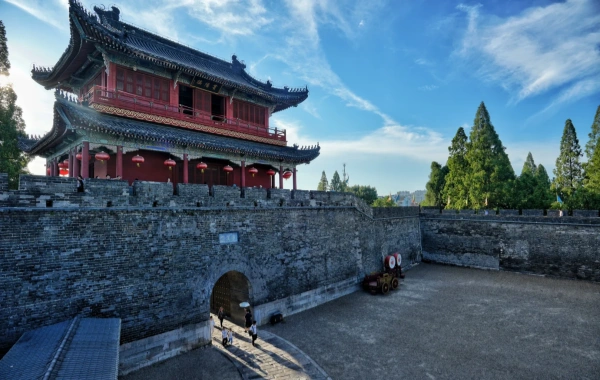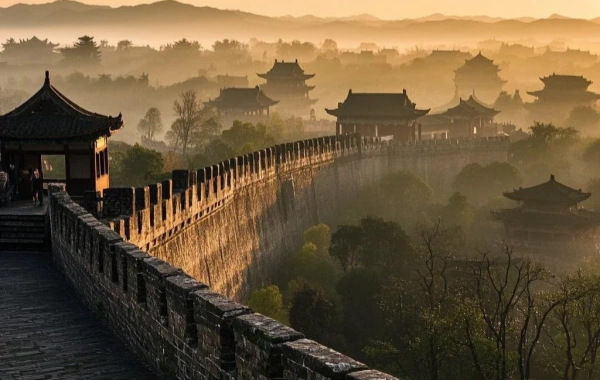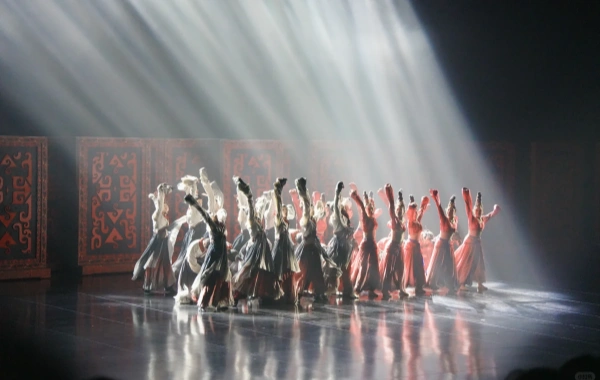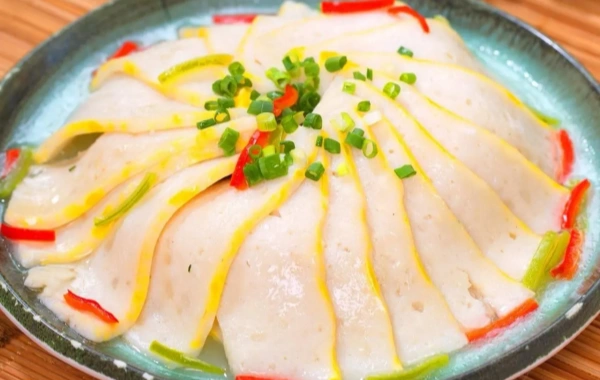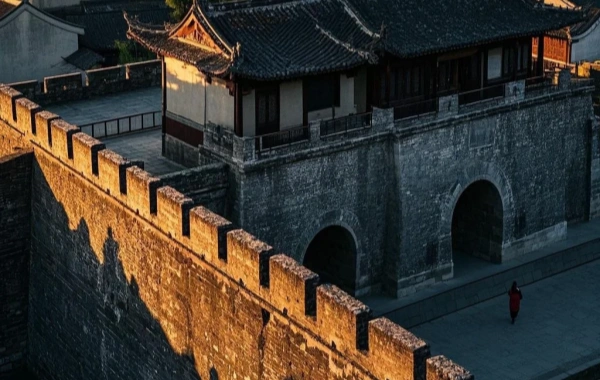Five Must-Do Activities to Unlock the Complete Ancient City Experience
1. Walk or cycle the entire city wall circuit: Spend 3-4 hours completing a full loop on foot or by bike. Touch the thick bricks, gaze out in all directions, and personally feel the grandeur and history of this military stronghold—a core ritual no other experience can replace.
2. Ascend Binyang Tower to Read Half the History of the Three Kingdoms: Standing atop the East Gate tower, envision the scenes of clashing swords and burning beacon fires from 1,800 years ago. This vantage point offers the best view to survey the landscape and reflect on the past, deeply appreciating Jingzhou's crucial strategic importance.
3. Pay Homage at the Guan Yu Temple, Honoring Loyalty and Righteousness:
Enter the Guan Yu Temple and stand quietly before his statue. Learn of his achievements and missteps in defending Jingzhou, and feel how his timeless spirit of “loyalty, righteousness, benevolence, and courage” has become woven into the cultural DNA of the Chinese people.
4. Spend a day at the museum and watch a Chu dance performance:
- Core Experience: Spend half a day immersed in the Jingzhou Museum, focusing on its crown jewels: the Western Han Dynasty mummy, Chu-Qin-Han lacquerware, and bronze weapons.
- Cultural feast: If timing permits, witness an ancient Chu-style music and dance performance, experiencing the grace and romance of the era when “the Chu king favored slender waists.”
5. Savor a feast of fish and rice, taste the essence of Jingzhou:
- Must-try dishes: Jingzhou fish cakes (“no feast is complete without fish cakes”), layered pork belly with bean curd sheets, shredded eel, and Zhaotang noodles.
- Snack Hunt: Pot-stewed bread, glutinous rice-wrapped fried dough sticks, Gong'an beef.
Suggested Itinerary
Jingzhou Ancient City's attractions are relatively concentrated. The city walls, gates, and major historical sites can be covered in a single day for a core tour. Combining in-depth museum visits requires 1.5 to 2 days.
One-Day “City Walls & Three Kingdoms” Essentials Tour (Efficient & Classic):
Morning: Ascend the walls from East Gate (Binyang Tower) → Walk north along the ramparts to North Gate (Gongji Gate), focusing on the barbican → Descend to visit Guan Yu Temple.
Lunch: Sample Jingzhou specialties on Zhang Juzheng Street or Huangjintang Road within the old city.
Afternoon: Visit Zhang Juzheng's Former Residence → Proceed to Jingzhou Museum (allow at least 2 hours, focusing on the Lacquerware Gallery and Treasure Gallery).
Evening: Enjoy a nighttime stroll along the moat or dine in the ancient city's commercial district.
IntoTravelChina Tip: This itinerary requires moderate physical fitness, especially for the wall hike. Wear comfortable sneakers and stay hydrated with sun protection.
One-and-a-Half-Day “Cultural Immersion” Tour (Recommended):
Day 1 (Afternoon + Evening, Initial Exploration & Night Views):
Afternoon: Arrive and check into hotel → Relaxed visit to Binyang Tower, short stroll along city walls → Visit Guan Di Temple.
Evening: Night cruise along the moat, admire illuminated city walls.
Day 2 (Full Day, Museum & Complete City Walls):
Morning: Dedicate the entire morning to Jingzhou Museum. Follow a docent or rent an audio guide for a systematic exploration of Chu culture and precious artifacts.
Afternoon: Complete the full city wall circuit (walking or by rental bicycle) to reinforce your understanding of the ancient city's defensive system from a different perspective.
IntoTravelChina Advantage: We can arrange expert museum tours, plan the most efficient wall walking routes (including optimal gate access points), and book moat cruise tickets—ensuring your cultural journey is both immersive and hassle-free. >> [Request a Customized Itinerary Now]
